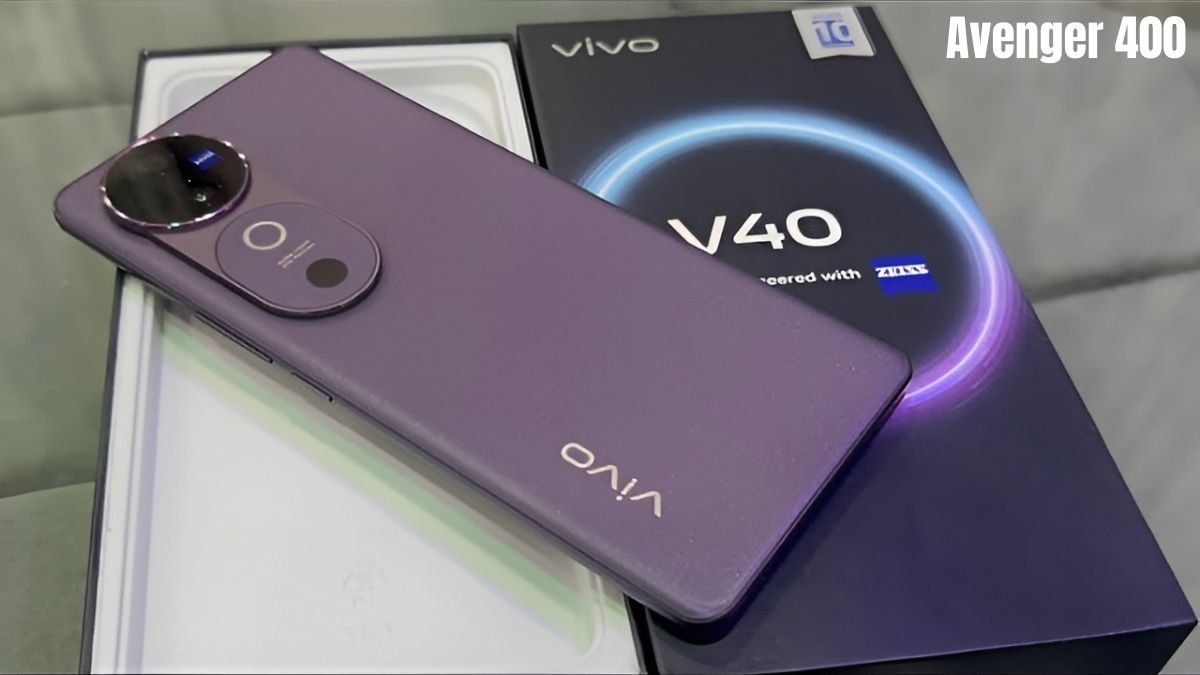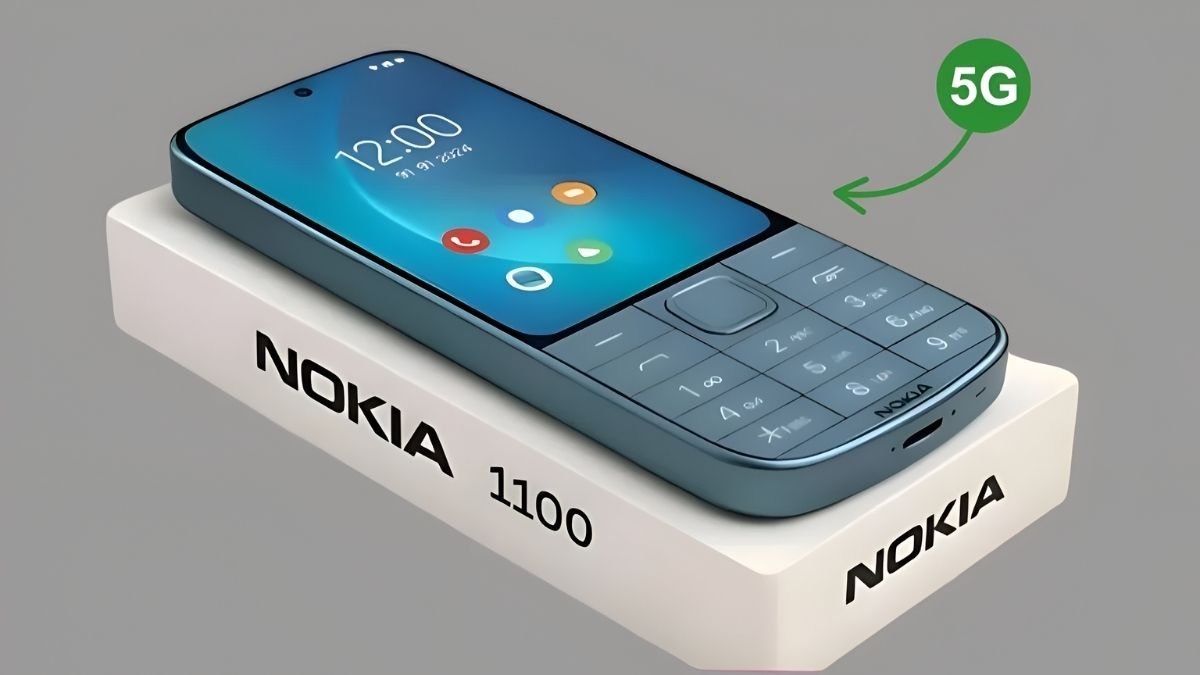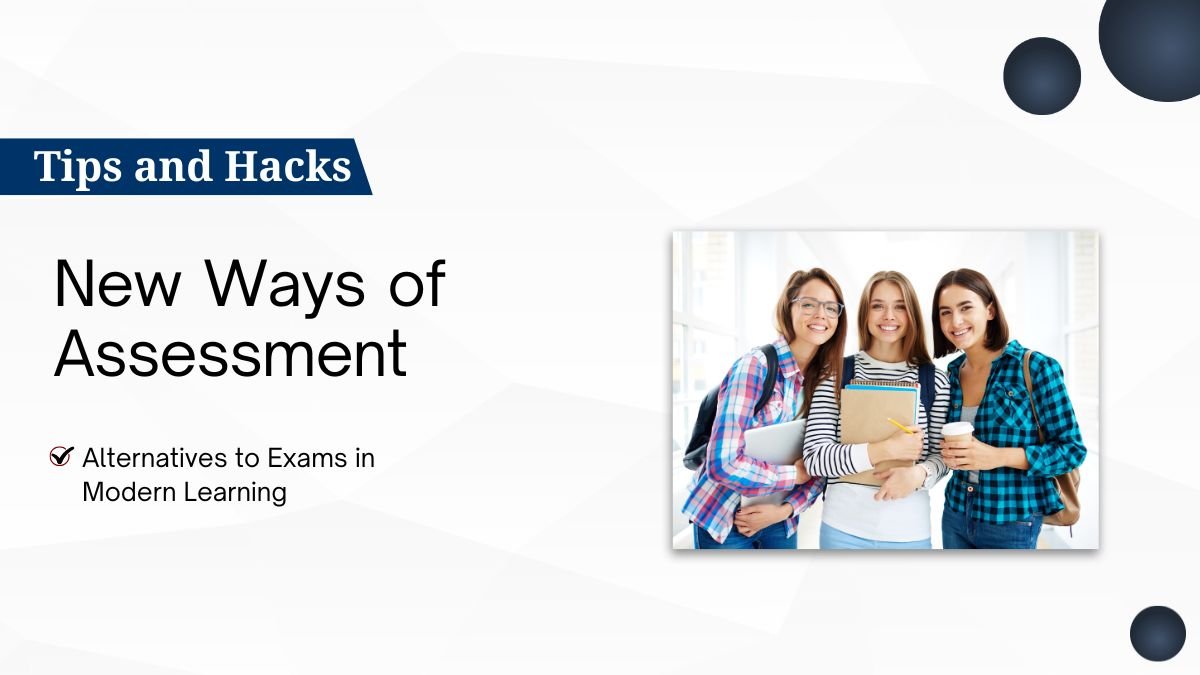Why is Lesson Planning Important?
Imagine going to class unprepared. You have the book but no real sense for a plan whatsoever. This will mean wandering here and there for the class, the students getting confused, and time wasted.
Whereas, with meticulously prepared lesson plans, you simply know:
- Where to start,
- What example to give,
- What activity to involve students in,
- And what method to use for learning evaluation at the end.
Therefore, lesson planning is as important for a teacher as a prescription for treatment is to a doctor.
The Main Components of a Lesson Plan
1. General Information
In this section, you write the basic information:
- Teacher’s name
- Subject
- Name of the lesson/topic
- Class (e.g. 6th, 8th. etc)
- Date and time
- Period duration, such as 35 or 40 minutes
- School’s name
Example:
Teacher’s Name: Reena Sharma
Subject: Science
Lesson: Water Cycle
Class: 7
Duration: 40 minutes
School: Government Higher Secondary School, Jaipur
2. Objective
The most important part is here. You write what the students will learn by the end of this class. Objectives should always be clear, measurable, and realistic.
(a) General Objectives
These are the broader objectives concerning the subject at large. Such as –
- To develop students’ interest in studying science.
- To increase the ability to understand natural phenomena.
(b) Specific Objectives
These are very precise and practical. For example –
- Students can explain the process of water cycle with the help of pictures.
- Students can give examples related to water conservation.
Use SMART (specific, measurable, achievable, relevant, and time-bound).
3. Materials and Resources
This is where you write about what things you will use for teaching.
- A chart paper, model
- Flashcards, pictures
- Multimedia (video or PPT)
- Books and worksheets
Example: To teach the water cycle, you can use a bowl filled with water, a lid and sunlight so that children can see the process.
4. Testing of Previous Knowledge
Before starting a lesson, do some questioning of the students so that it could be known what they already know.
Example:
- “So how do wet clothes dry when we put them in the sun?” ask the children.
- “How does it rain?”
This gets the students in the right frame of mind for the new topic of study.
5. Introduction
The first part of any class should be very interesting so that it gains the immediate attention of the students. This is called a hook.
Example:
Before the start of the activities in a science class, ask the children, “What would happen to our lives if there was no rain?”
6. Presentation
The actual teaching of the topic takes place here.
- Divide the content into small points.
- Use language and examples which are easy.
- Show charts and pictures on the board/smart board.
There are two segments during the presentation:
- Teacher activity: asking questions, explaining, and giving examples.
- Student activity: answering questions, participating in discussions, making notes.
7. Recapitulation/Review
The major points are repeated at the end of the class. This is where the teacher checks how much the children have understood through asking questions. Small games or quizzes may also be used.
Example:
“What are the steps of the water cycle?”
8. Assessment & Evaluation
It is of core importance to evaluate learning.
- Formative Assessment – checking students’ understanding through questioning during class.
- Summative Assessment – this may consist of a quiz, small project, or written test.
Example: Ask the children to depict through a drawing the water cycle, explaining each step.
9. Homework
Students should take home and do assignments reinforcing what they learned in the class.
Example:
“Go home and write 5 ways in which water can be saved.”
10. Reflection
This part is purely for the teacher.
- What went well in class?
- Which part students had a hard time with?
- How can this be better for the next time?
For example, do you recognize that students seem to learn better through visual materials? Next time, use pictures and videos even more.
Tips for writing a better lesson plan
- Adopt the “I do, we do, you do” principle
First, you demonstrate, then assist the children, and permit them to do it independently. - Use Blooms taxonomy
Don’t restrict yourself to rote memorization; ask questions to stimulate analysis, evaluation, and creativity. - Keep things diverse
Incorporate visual (charts), audio (story), and kinesthetic (hands-on activity) methods. - Connect with Real Life
Use store examples when teaching math, use examples from common life events during science classes. - Over-plan but be flexible
Be organized with extra queries and activities. If it runs out of time, then save it for tomorrow. - Practice your delivery
Have some practice teaching before a mirror or to friends, and it will boost your confidence and time management. - Be explicit
Keep the spoken language down to earth and the instructions simple. Anything that would confuse students should definitely not be put into practice. - Creation of alignment
Your objectives, activities, and assessments: all three should be interwoven.
Conclusion
Good lesson planning will allow the teacher to be organized, confident, and effective. It is not merely a “piece of paper” but is a bridge that helps them and the students come together and makes the learning experience meaningful for all.
B.Ed. students are encouraged to practice lesson plan writing regularly. Though it may require some time initially, with time this even will become your greatest strength.









